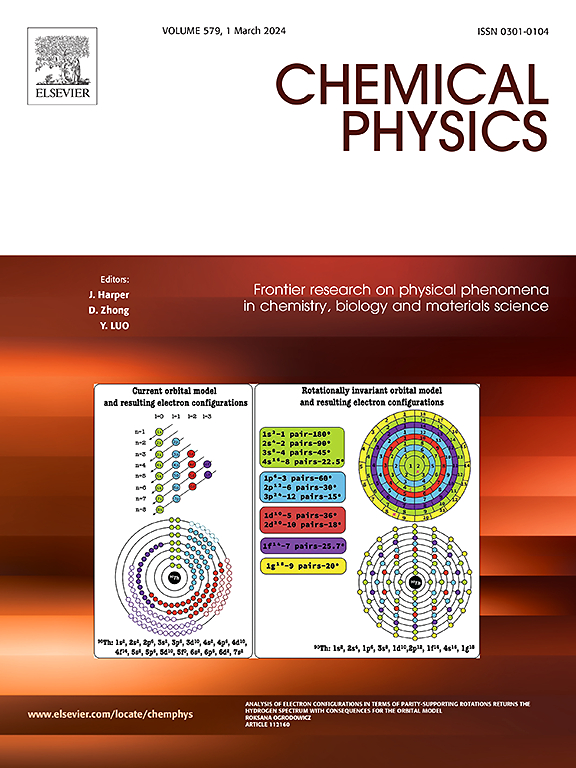Electronic, elastic, and thermodynamic properties of intermetallic compounds: CaNi₂, MgNi₂, and CaMgNi₄
IF 2
3区 化学
Q4 CHEMISTRY, PHYSICAL
引用次数: 0
Abstract
Intermetallic compounds have attracted widespread attention in the field of materials science due to their unique physicochemical properties. This study systematically investigates the electronic structure, elastic properties, and thermodynamic characteristics of three intermetallic compounds—CaNi₂, MgNi₂, and CaMgNi₄—using first-principles methods to evaluate their potential applications in high-temperature structural materials, energy storage, and catalysis. The results indicate that all three materials exhibit negative formation energies, suggesting their spontaneous formation and good thermodynamic stability, with MgNi₂ having the lowest formation energy and thus the highest stability. Band structure and density of states analyses reveal the metallic nature of these compounds, with anisotropic conductivity in the order of MgNi₂ > CaMgNi₄ > CaNi₂. In terms of mechanical properties, all materials have GH/BH ratios greater than 1.075, indicating good ductility, with CaNi₂ exhibiting the best ductility and CaMgNi₄ the worst. MgNi₂ shows the highest anisotropy index, implying a higher likelihood of cracking under specific loading conditions. These findings fill the knowledge gap regarding the electronic, elastic, and thermodynamic properties of the Ca-Mg-Ni system and provide a theoretical foundation for designing novel high-performance materials for efficient batteries, catalysts, and high-temperature applications.
金属间化合物的电子、弹性和热力学性质:CaNi₂、MgNi₂和CaMgNi₄
金属间化合物以其独特的物理化学性质引起了材料科学领域的广泛关注。本研究系统地研究了三种金属间化合物cani₂、MgNi₂和CaMgNi₄的电子结构、弹性性质和热力学特性,并利用第一性原理方法评估了它们在高温结构材料、储能和催化方面的潜在应用。结果表明,三种材料均表现为负地层能,表明它们是自发形成的,热力学稳定性好,其中MgNi 2的地层能最低,稳定性最高。带结构和态密度分析揭示了这些化合物的金属性质,其各向异性电导率为MgNi₂ >; CaMgNi₄ >; CaNi₂。在力学性能方面,所有材料的GH/BH比均大于1.075,具有良好的延展性,其中can2的延展性最好,CaMgNi的延展性最差。MgNi 2表现出最高的各向异性指数,这意味着在特定加载条件下开裂的可能性更高。这些发现填补了关于Ca-Mg-Ni体系的电子、弹性和热力学性质的知识空白,并为设计高效电池、催化剂和高温应用的新型高性能材料提供了理论基础。
本文章由计算机程序翻译,如有差异,请以英文原文为准。
求助全文
约1分钟内获得全文
求助全文
来源期刊

Chemical Physics
化学-物理:原子、分子和化学物理
CiteScore
4.60
自引率
4.30%
发文量
278
审稿时长
39 days
期刊介绍:
Chemical Physics publishes experimental and theoretical papers on all aspects of chemical physics. In this journal, experiments are related to theory, and in turn theoretical papers are related to present or future experiments. Subjects covered include: spectroscopy and molecular structure, interacting systems, relaxation phenomena, biological systems, materials, fundamental problems in molecular reactivity, molecular quantum theory and statistical mechanics. Computational chemistry studies of routine character are not appropriate for this journal.
 求助内容:
求助内容: 应助结果提醒方式:
应助结果提醒方式:


